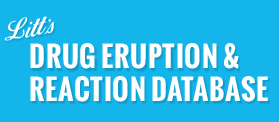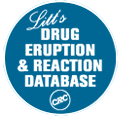Fluoroquinolones are associated with an increased risk of tendinitis and tendon rupture in all ages. This risk is further increased in older patients usually over 60 years of age, in patients taking corticosteroid drugs, and in patients with kidney, heart or lung transplants.
Fluoroquinolones may exacerbate muscle weakness in persons with myasthenia gravis.
Moxeza is for topical ophthalmic use only.




